India's second freedom movement
The 1991 Project commemorates 30+ years of India's economic liberalization, promoting discourse on growth-centered economic reforms.
Writing
Conversations
Sign up for our newsletter today.
Public Repository
Oral History

Latest Featured Writings

Latest Featured Videos

The 1991 Timeline
Explore the original speeches, documents, and reports that unleashed the 1991 economic reforms.

Political and Economic Turmoil
August-November 1990
Moody’s places India on a credit watch with the possibility of a ratings downgrade because of unfolding political and economic events. In the aftermath of communal tensions Prime Minister V.P. Singh's government falls in November, 1990. His successor Chandra Shekhar forms a politically fragile minority government.

IMF supports India
December 1990
Senior bureaucrats along with Gopi Arora, India's representative at IMF, mobilize support to manage India’s balance of payments crisis. Their efforts lead to an agreement that the Indian government will implement reforms to liberalize the rupee and manage the fiscal deficit, with the IMF supporting a US$ 1.8 billion loan.

Government of the day falls
March 6, 1991
Prime Minister Chandra Shekhar resigns after 5 months in office, precipitating fresh elections.

S&P downgrades India
March 7, 1991
S&P downgrades India’s sovereign rating to BBB- for long term credit risk, and A- for short term credit risk.

An assassination
May 21, 1991
Rajiv Gandhi, the front-runner in the elections, is assassinated while campaigning, resulting in a leadership vacuum and a power struggle within the Indian National Congress.
Reports, documents and speeches mentioned in the timeline

The Reformers
Click on the pictures to learn more about the people who made it happen.
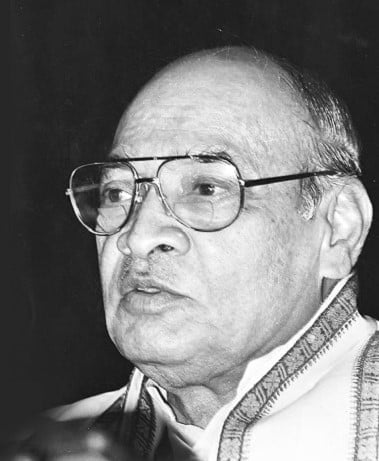
P.V. Narasimha Rao
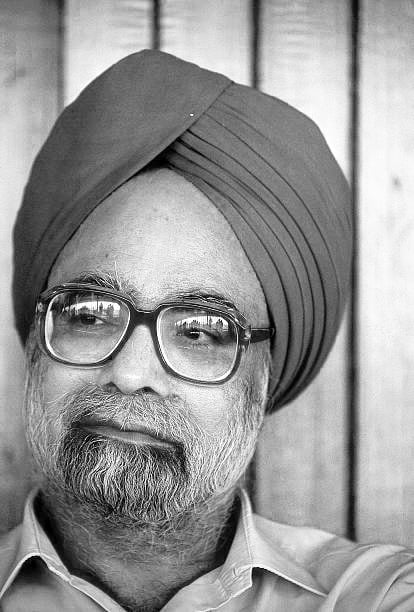
Manmohan Singh
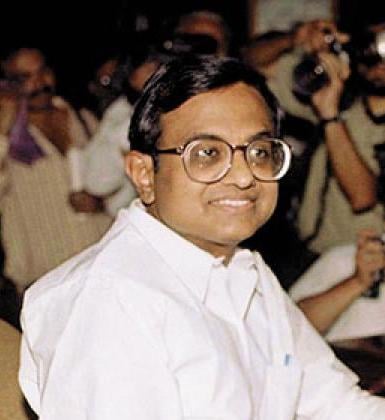
P. Chidambaram
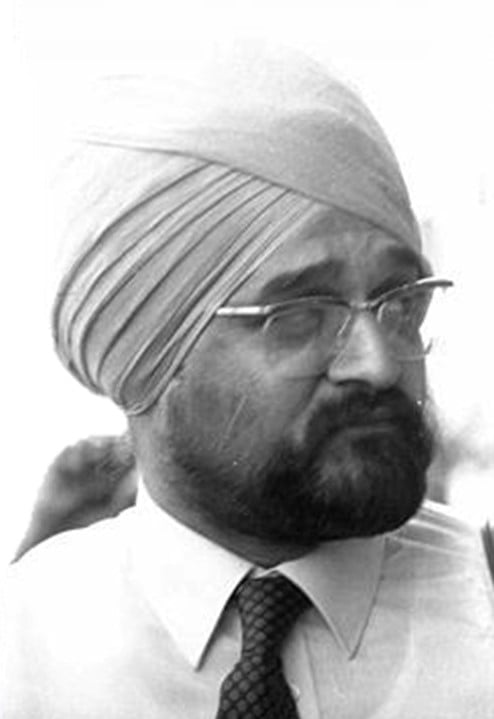
Montek Singh Ahluwalia
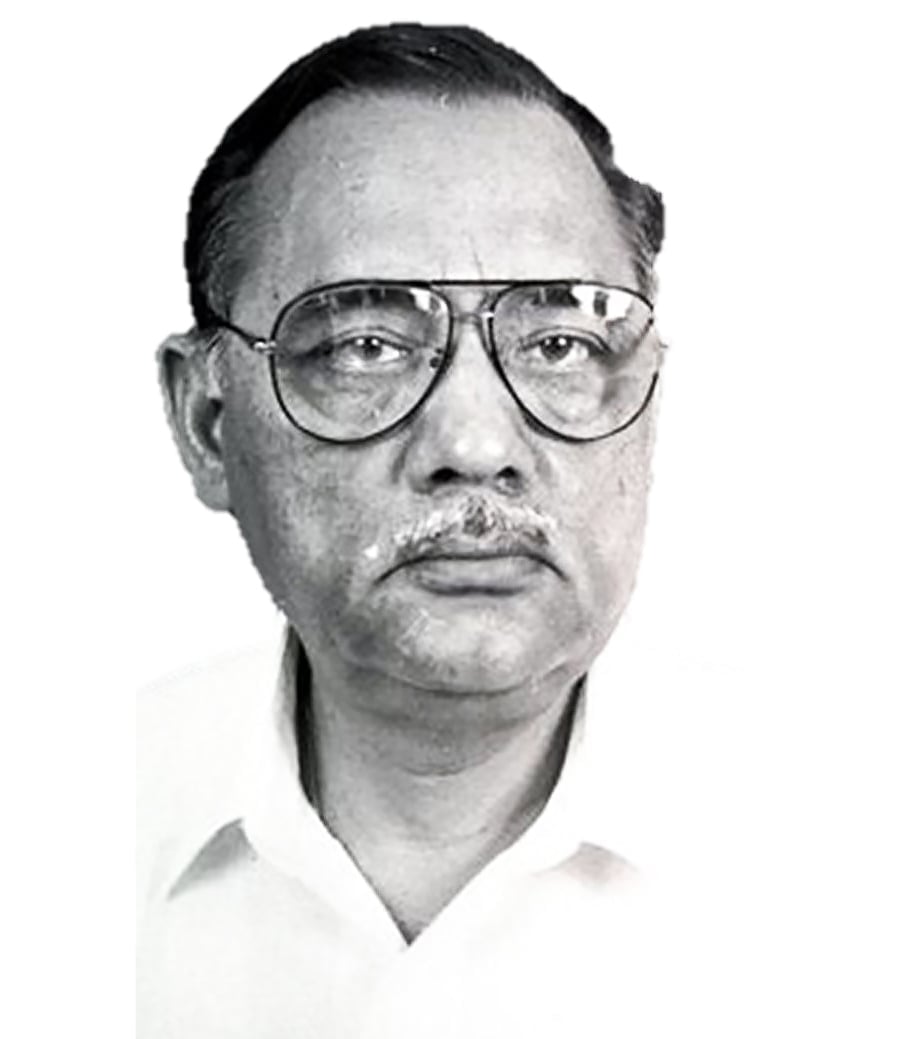
Amar Nath Verma
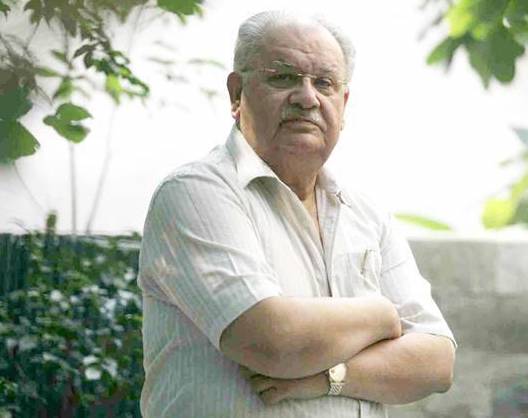
Naresh Chandra
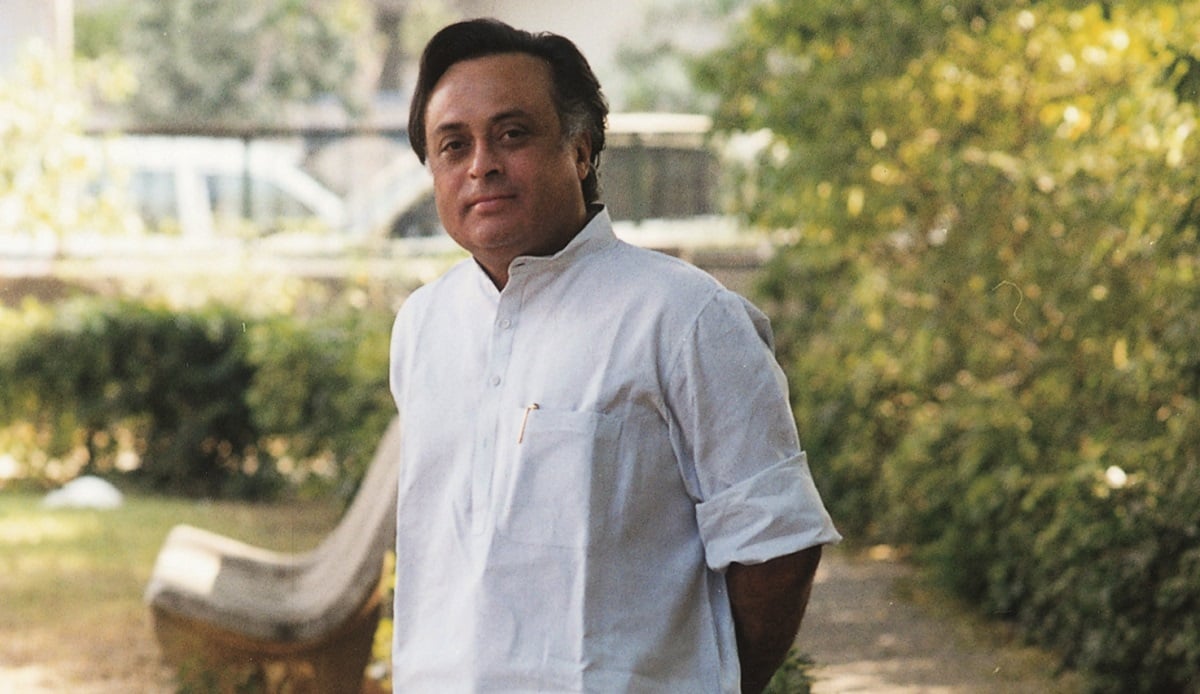
Jairam Ramesh
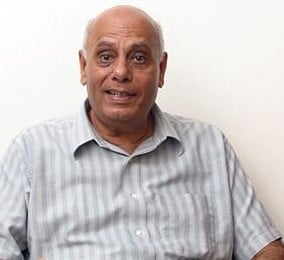
Suresh Mathur
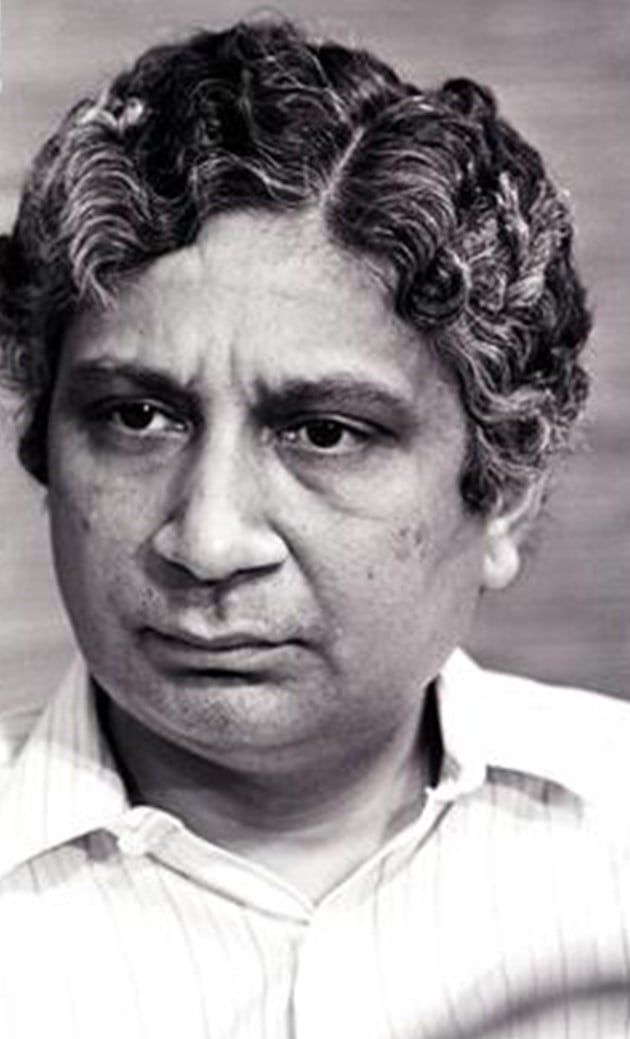
Deepak Nayyar
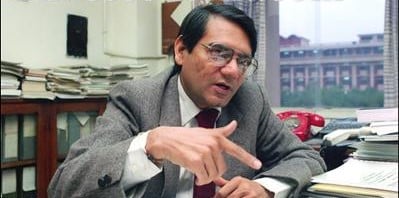
Rakesh Mohan

The 1991 Documents
Explore the original speeches, documents, and reports that unleashed the 1991 economic reforms.
Read original speeches, documents, and reports that led to the 1991 reforms
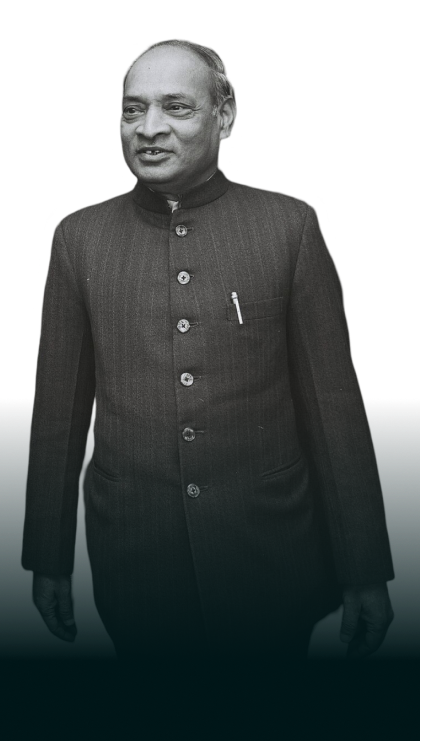
“My motto is - trade, not aid.”
PM Narasimha Rao's Speech on the 9th of July
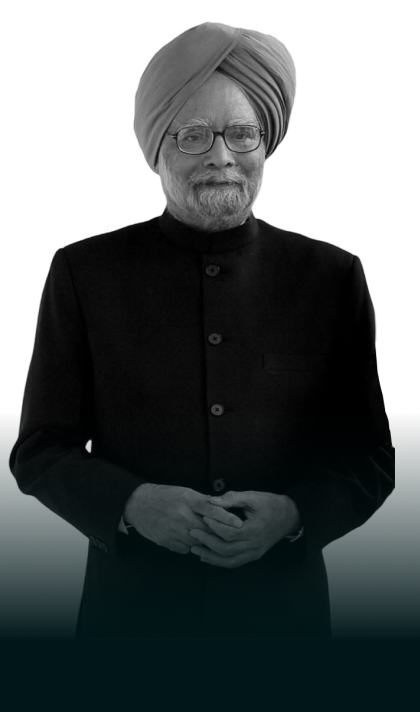
“Neither the Government nor the economy can live beyond its means year after year.”
FM Manmohan Singh's July 24 Budget Speech
Connect with us on X.

The Team
Connect with the people who make the 1991 project possible.

Stay current with economic insights from The 1991 Project





